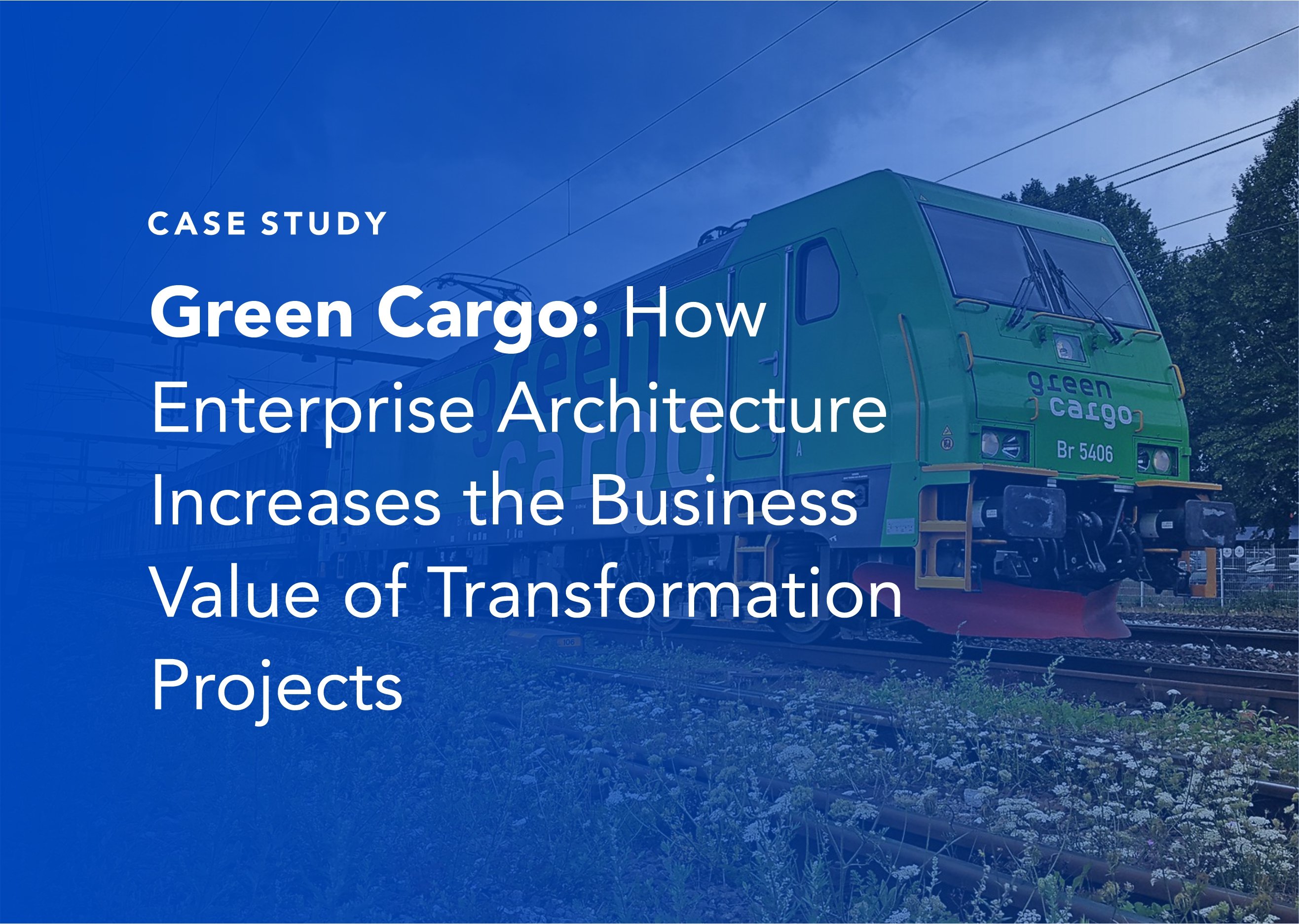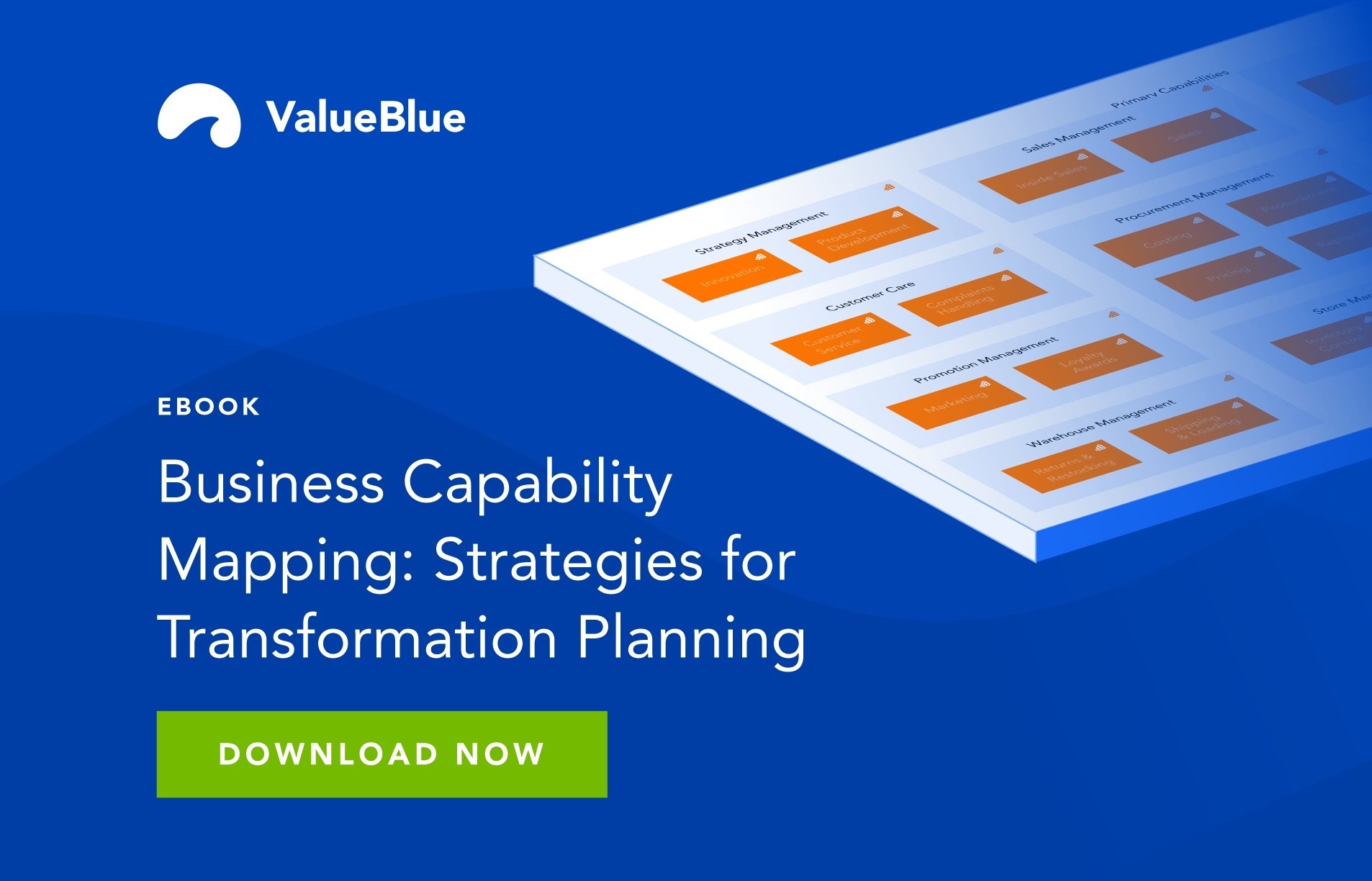Improving Customer Experience with Enterprise Architecture
Today’s customers expect seamless, personalized experiences. Failing to meet these expectations risks losing customers to competitors. While many organizations turn to Agile methodologies for faster innovation, delivering an exceptional customer experience requires coordination across departments and processes. A siloed approach won’t suffice; a holistic strategy is essential. Enterprise Architecture (EA) ensures this integration.
In this article, we’ll explore how EA helps organizations design and deliver customer-centric journeys. Using a "personal loan" journey map as a case study, we’ll demonstrate how businesses can streamline processes, enhance customer experiences, and bridge the gap between strategy and execution.
A strategic approach to enhancing customer journeys with Enterprise Architecture
Creating a great customer journey begins with understanding how people interact with your brand at every stage. Each touchpoint, from discovering your brand, browsing products, making a purchase, receiving delivery, and reaching out for customer service, plays a vital role in shaping the overall experience. A well-structured strategy carefully maps out these interactions, identifies pain points, and uses technology to streamline and enhance the customer experience.
Enterprise Architecture ensures that all digital touchpoints work together seamlessly, enabling companies to create a more agile, customer-centric ecosystem. Instead of adding unnecessary complexity, EA aligns technology with the user's needs, making the entire customer experience smoother, more intuitive, and more cohesive.
Enterprise Architecture also enables the integration of emerging technologies, like AI, automation, and real-time data processing. This allows businesses to deliver personalized recommendations, predictive insights, and automated workflows that drive deeper engagement and enhance customer experience.
Overcoming challenges in Digital Transformation
Digital transformation is essential for growth, but without EA, it can lead to fragmented systems and inefficiencies. Many organizations face challenges with outdated legacy systems that are costly to maintain and difficult to integrate with modern technologies. Enterprise Architecture provides a structured approach to modernization, aligning IT investments with business goals.
A common challenge is stakeholder alignment. Without a clear framework, teams risk creating data silos and disconnected workflows. Enterprise Architecture fosters collaboration, standardizes technology decisions, and ensures seamless integration across departments. It also addresses security and compliance concerns by establishing governance models to mitigate risks.
A strong Enterprise Architecture strategy minimizes disruption, streamlines transformation, and maximizes long-term value, turning IT into a strategic enabler. EA balances security with usability, ensuring robust protections while delivering seamless customer experiences. Customers expect fast, secure interactions, and Enterprise Architecture helps businesses meet those expectations.
Digital transformation is also about people. Resistance from employees and stakeholders can slow progress. Clear communication, training, and fostering a culture of collaboration ease Enterprise Architecture adoption and make it a competitive advantage.
Customer journeys in the digital era
Brands now interact with customers across multiple channels – websites, mobile apps, social media, and in-person experiences. Enterprise Architecture ensures consistency by integrating data and processes, delivering a unified customer experience. For example, a customer should have a seamless experience when switching from browsing a mobile store to a desktop or visiting a physical location. EA aligns backend systems with customer-facing applications to achieve this.
Personalization is a key customer expectation. Businesses must leverage AI, machine learning, and analytics to offer tailored recommendations and messaging. Enterprise Architecture integrates customer insights into business processes, ensuring seamless delivery of personalized experiences, such as AI-driven recommendations and context-aware chatbots.
Emerging technologies like cloud computing, automation, and predictive analytics are reshaping customer experiences. EA enables businesses to incorporate these technologies, improving UX, decision-making, and the customer journey. A structured approach allows organizations to stay agile and responsive, meeting evolving customer expectations.
Moreover, customer journeys are increasingly non-linear, engaging across multiple channels and devices. Enterprise Architecture enables real-time tracking of these interactions, providing relevant, contextualized customer experiences. Organizations that adopt EA can leverage real-time data to offer proactive support and strengthen customer relationships.
Embrace Enterprise Architecture today!
Enterprise Architecture is more than just a technical framework – it’s a strategic enabler of seamless, customer-centric digital experiences. By aligning technology with business goals, Enterprise Architecture helps organizations create intuitive, efficient, and adaptable customer journeys that drive satisfaction and long-term loyalty.
Want to improve your customer journey? Contact us for a free demo of our EA tool.
.png)


